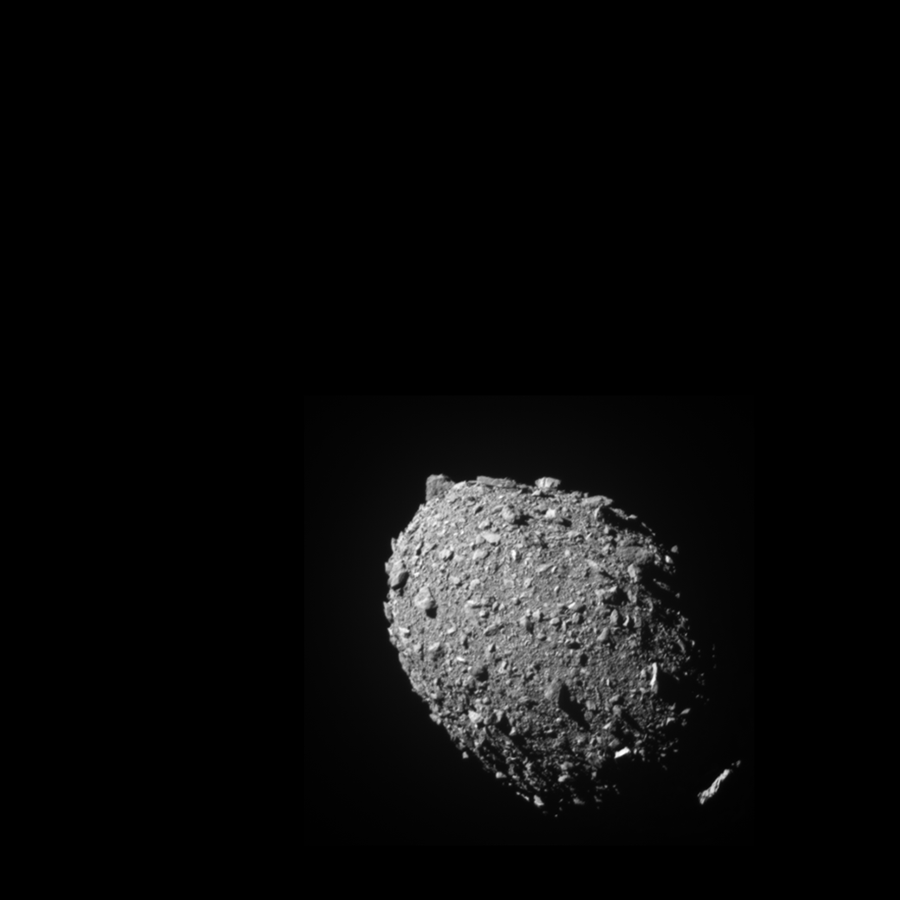Stay Up to Date
Submit your email address to receive the latest industry and Aerospace America news.
The Guidance, Navigation and Control Technical Committee advances techniques, devices and systems for guiding and commanding flight vehicles.
In July, NASA released captivating first images from the James Webb Space Telescope, enabled by the precision guidance of its Fine Guidance Sensor. The Canadian Space Agency developed the FGS to lock onto and track a guide star for fine-pointing control. After initial tests in January and February, the FGS helped align the 18 segments of the telescope’s primary mirror that gathers photons to create deep space images. The first Webb telescope photo released came from FGS test images taken over 32 hours, and the many stars and galaxies captured showed the accuracy of the system.
In September, NASA conducted its first planetary defense test, the Double Asteroid Redirection Test. NASA, in collaboration with the Johns Hopkins University Applied Physics Laboratory, navigated the DART spacecraft to impact the asteroid Dimorphos, after avoiding its near-neighbor asteroid Didymos. The broader aim of DART was to assess the ability to kinetically alter the trajectory of a future asteroid en route to collide with Earth. Several remote sensors, including those on the Webb telescope, captured the DART spacecraft’s interception of Dimorphos and the ensuing plume formation and dispersion of rocks and debris, providing insight on the mechanics of the impact.
In the realm of space exploration, NASA launched the first Space Launch System rocket in November, sending an unoccupied Orion capsule around the moon. Also in November, NASA’s Cislunar Autonomous Positioning System Technology Operations and Navigation Experiment cubesat arrived in its near-rectilinear halo orbit around the moon. During a trajectory correction maneuver in September, the cubesat began to spin. Mission engineers regained control of the spacecraft in October and determined the likely cause was a valve malfunction. CAPSTONE will test autonomous spacecraft navigation software through peer-to-peer communications with the Lunar Reconnaissance Orbiter.
Autonomy for aerospace applications continued to expand in the defense and commercial sectors. In August, an autonomous airfield operations idea was awarded first place in the 2022 Air Force Installation and Mission Support Center Innovation Rodeo. Initial testing showed remote operators could precisely command an autonomous tractor for flight line maintenance at Scott Air Force Base in Illinois to increase efficiency and airmen safety. In February, Sikorsky demonstrated the first unoccupied flight of a UH-60A Black Hawk helicopter with the DARPA Aircrew Labor In-Cockpit Automation System.
In June, DeltaQuad demonstrated anti-jam capability on its namesake drone. In May, SpaceX launched into orbit California-based Xona Space Systems’ Huginn test satellite, a demonstrator for its commercial low-Earth orbit positioning, navigation and timing service Pulsar. In September, AeroVironment and UAV Navigation released visual navigation systems comprised of sensors and software. A similar concept was tested on the International Space Station in May: NASA’s Orion Optical Navigation Image Processing Software took a series of images of Earth and the moon to determine suitability for future Orion missions.
Coordinated autonomous flight also progressed: In July, U.S. Naval Air Systems Command demonstrated teaming between piloted F/A-18s and multiple unoccupied aerial vehicles. In each flight, the F/A-18 pilot commanded the UAVs to complete maneuvers via a tablet. In September, the U.S. Army’s National Training Center flew a swarm of 40 drones in a simulated attack.
Makers of electric vertical takeoff and landing aircraft made progress toward earning regulatory approval. In May, Jetson of Sweden completed the first commute with its ultra-light Jetson One aircraft. Also in May, Joby Aviation received its FAA Part 135 Air Carrier certification, and Volocopter of Germany completed the inaugural flight of its four-seat VoloRegion air taxi.
Stay Up to Date
Submit your email address to receive the latest industry and Aerospace America news.




